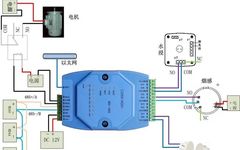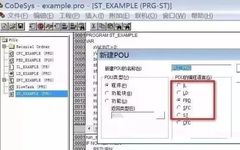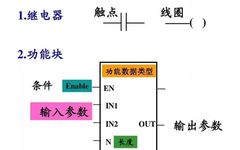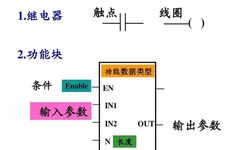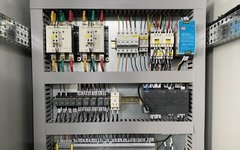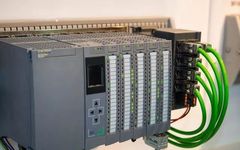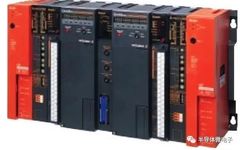Essential PLC Programming Algorithms: A Beginner’s Guide
PLC Programming Algorithm (1) In PLCs, there are three main quantities:Switching Quantity, Analog Quantity, Pulse Quantity. Once you understand the relationship between these three, you will master PLCs proficiently. 1. Switching Quantity also known as logical quantity, refers to two possible values, 0 or 1, ON or OFF (Switching quantities only have two states 0/1, … Read more
